It’s happened. You’ve dreamed of this forever. You can finally afford to step up from the piston-pounders you’ve been flying into the world of owner-flown turbines.
You’re excited as a puppy in a shoe closet. Yet, when you discuss the idea with some of your friends with aviation backgrounds you respect, they shift into making-noncommittal-comments-while-nodding-politely mode and the folks you meet in the aircraft sales world suddenly start looking like big-game hunters shouldering each other aside to get the first shot—and you’re the prospective trophy for the mantel. What’s going on?
Welcome to the ocean of serious money general aviation where you are potentially the tuna that feeds the other fish. You didn’t get to this point by making foolish financial decisions—so it’s time to commit yourself to focused homework and planning that will allow you to navigate the ocean without turning your large fortune into a small one while shackling yourself with a jet you can’t afford to operate or nobody will insure.
Turbine Operating Costs
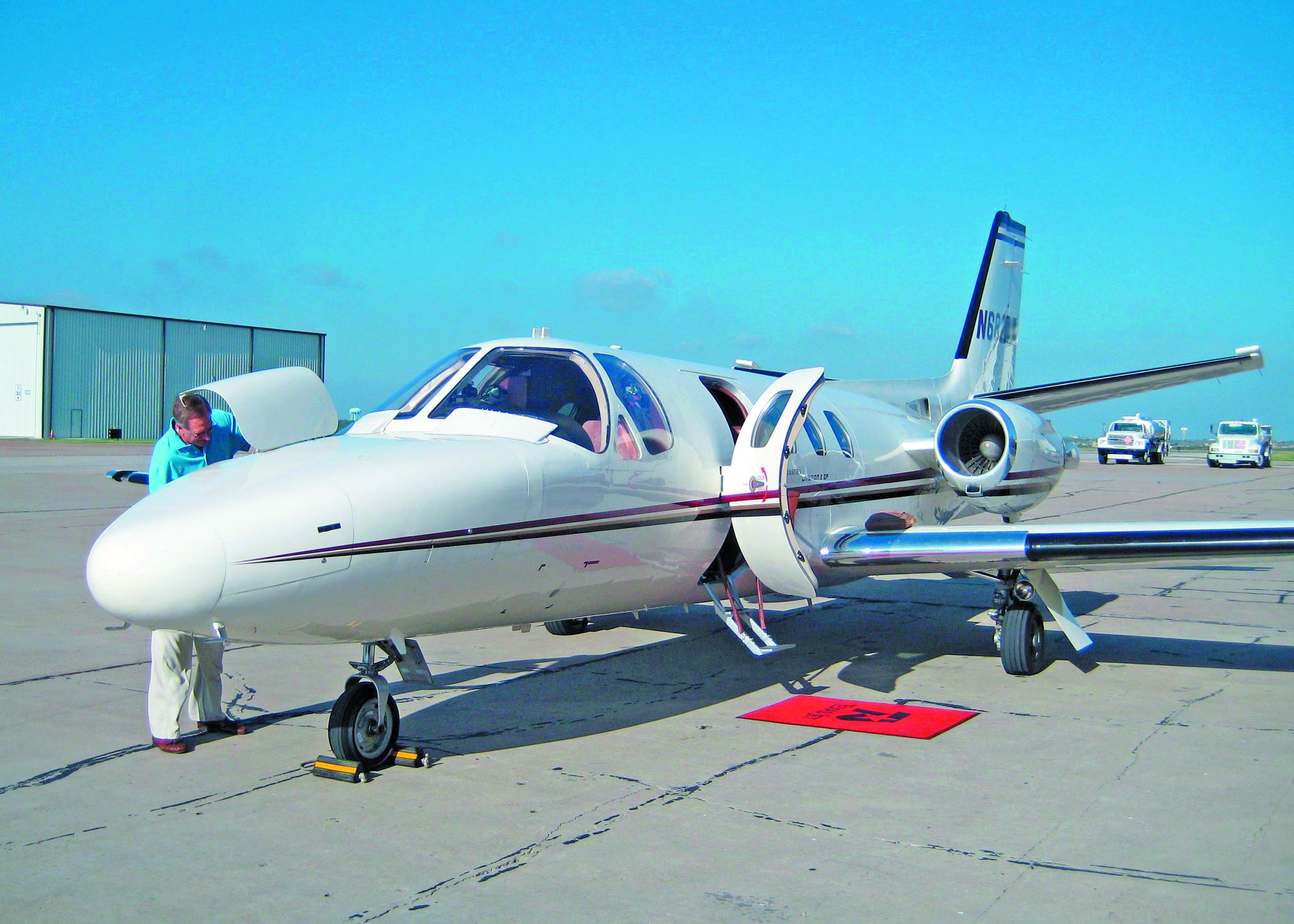
It may be worth recalling that when the lockdowns fighting COVID-19 expanded a year ago, the sale of turboprops and jets went through the roof. Wealthy travelers who wanted to keep traveling without having to interact with the great unwashed decided that buying a jet was the way to do so. The news stories about some of those buyers either getting fleeced by unscrupulous sellers or being stunned by the true cost of ownership (and unloading their new purchase) were not long in coming.
Owning turbine airplanes has the same bottom line as owning pistons only cubed: A low advertised price usually means that the cost of getting the machine airworthy and operating it is going to be eye watering. We’re not kidding—we’ve seen simply getting the airplane airworthy consume a multiple of the number of dollars the owner paid for the jet. It’s bad enough to pay $60,000 for an old Cessna 310 and then discover that fixing the corrosion and taking care of deep-seated engine issues run you $180,000 because you didn’t do a careful prebuy exam. Now think about shelling out three times the purchase price of the $400,000 Citation you bought before you can live your dream of flying around the country single-pilot.
The maintenance regs for turbine airplanes are far more stringent than for pistons—there’s far less that you can defer and there are mandatory overhaul times and life-limited parts in abundance. For older jets and turboprops, the true value of the aircraft may be the value of its engines.
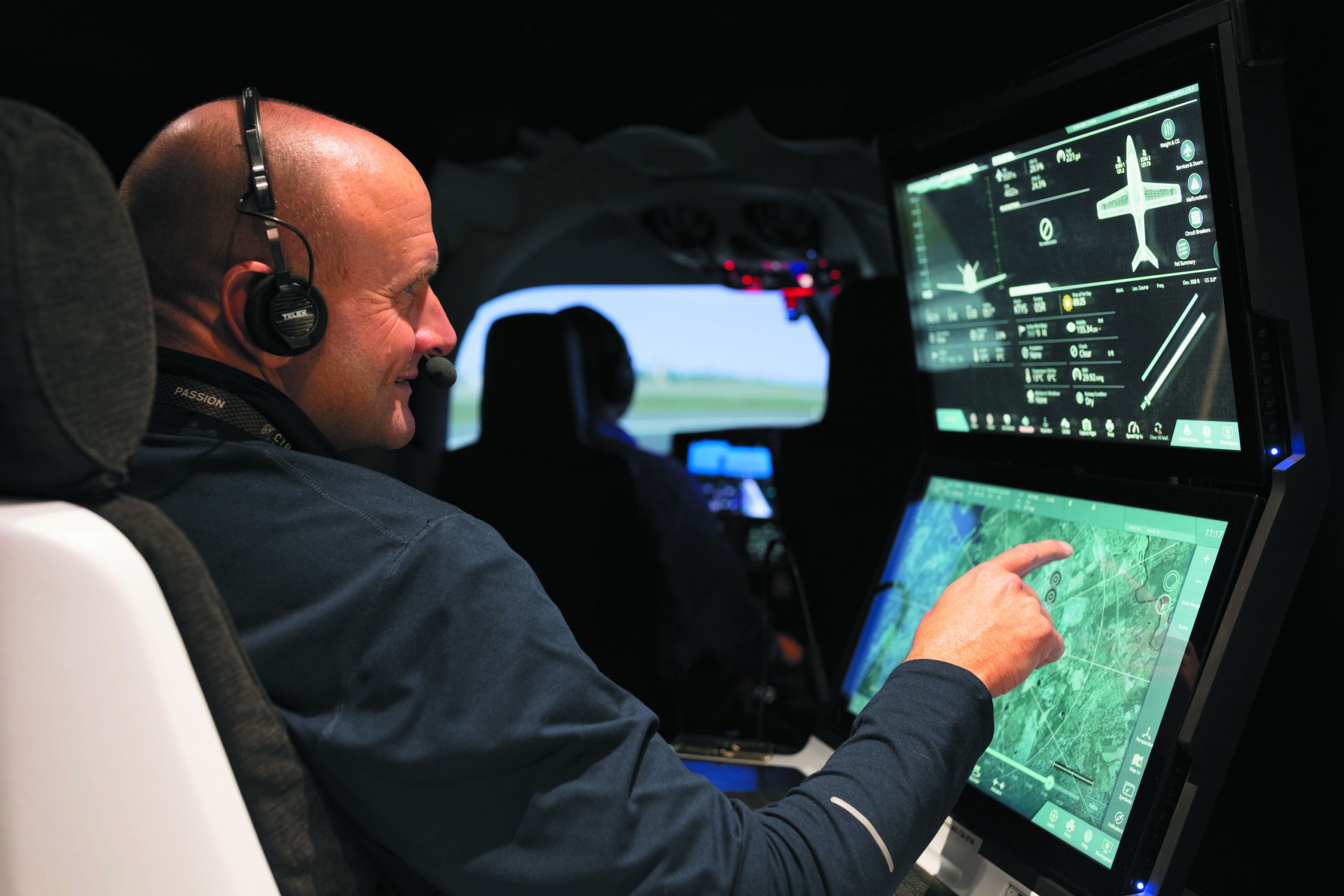
If you are thinking of stepping up to turbine equipment, find someone in that world that you trust and can consult. And—comply with one of the most important rules of aircraft ownership: Don’t take advice from someone trying to sell you something.
In the April 2020 issue of Aviation Consumer we described the benefits of aircraft management companies for owners of turbine aircraft. We think that a good management company can potentially save you thousands of dollars by steering you away from the dogs on the market, getting a good prebuy examination carried out and ensuring that maintenance is accomplished on time and at reasonable (for turbines) rates.
With that frank discussion of the perils of maintenance costs behind us, let’s look at the fun stuff: flying the beasts—and we’ll say it early and often, turbine performance makes flying them incredibly fun, no matter how turbine pilots try to hide behind a veneer of steely-eyed professionalism.
The Regs
At the most basic level, to go turbine you’re going to have to comply with the FARs appropriate to the category and type of airplane you desire to fly. While it’s a little tough to imagine a Beech Musketeer pilot stepping directly into a HondaJet, the unusual has happened. That means that a pilot is going to have to take dual with a CFI and obtain high-performance (FAR 61.31(f)), complex (FAR 61.31(e)) and pressurized (FAR 61.31(g) aircraft endorsements. If the airplane has a max gross weight of at least 12,500 pounds or is a “turbojet” (which includes turbofans), a type rating is required under FAR 61.31(a).
If you are getting your first type rating via a simulator for training and the checkride, FAR 61.64 requires that you then get 25 hours of supervised operating experience (SOE) before acting as PIC. There are some exceptions spelled out in 61.64, but, as we researched this article, we found that most insurers will require some form of SOE with a mentor pilot after getting a type rating.
Those are the basics—the FAA minimum standards. Once upon a time complying with them was all that you needed to do to then get insurance on your turbine bird. Today’s reality is that to get insurance, your insurer will set training and experience requirements on you beyond the FAA’s minimum standards.
Can You Get Insurance?
While the first absolute prerequisite to turbine aircraft acquisition is ensuring that the airplane you want to buy is in a condition that you can afford to maintain and operate, the second is checking out your insurability. You’ll need to spend quality time with your insurance broker to find out whether you can get insurance that covers you in the airplane and limits of liability that you need to protect yourself, as well as the conditions on that insurance and its cost.
Your age and experience are the twin drivers that determine your insurability when stepping up to turbine machines. It may be that you will be unable to buy insurance for you to fly your dream airplane single-pilot at any price. We’ll say it right here: if you are over 65 the current market means there’s little likelihood that you can get insurance for a first-time step-up to a turbine.
Hard Market
In researching this article, we spoke with insurance brokers, turbine aircraft owners and aviation attorneys. All noted that in the current hard insurance market—with rates going up an average of 30 percent per year—it is becoming increasingly difficult to insure older pilots stepping up into turbines for the first time.
Interestingly, we did hear from one aviation insurance broker who would not let us use his name that he observed the current aviation insurance price problem to lie not so much with the underwriters (the people at insurance companies who set coverage requirements and premiums)—who know aviation and airplanes well—but with the reinsurers, who don’t. (Insurance companies spread their risks by buying insurance—reinsuring—a portion of each policy they sell.) He claimed that the reinsurers didn’t know aviation, weren’t willing to listen and were setting unreasonable rates and conditions.
In the great scheme of things, whether that’s true or not isn’t particularly relevant as the insurance market is currently hard for everything—from aviation to houses— and what is important to potential airplane owners is the cold hard reality of getting coverage under conditions that can be met and a price that can be paid.
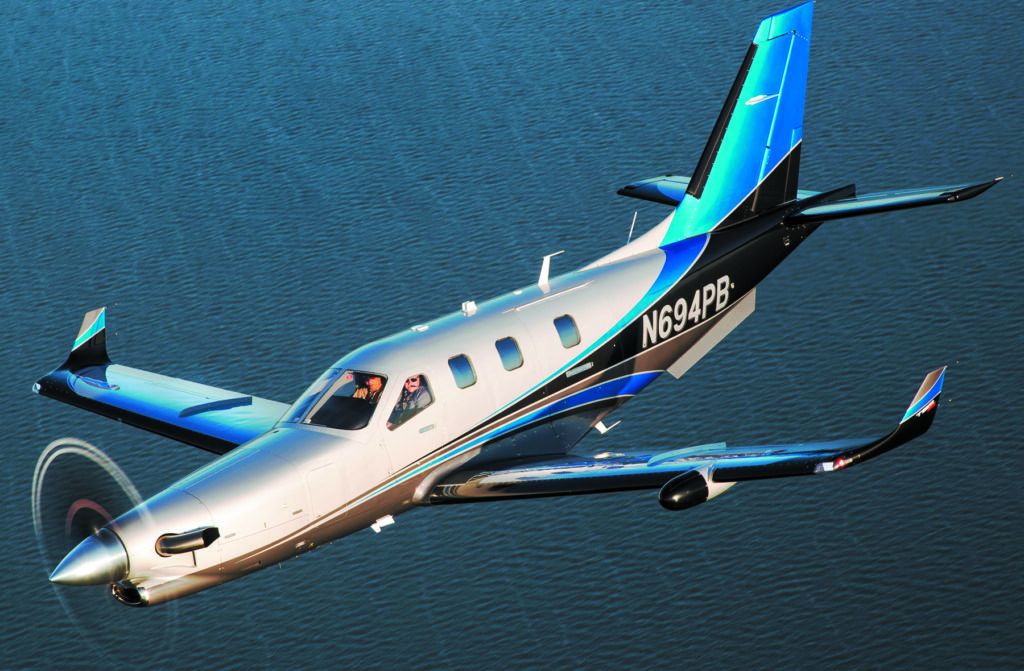
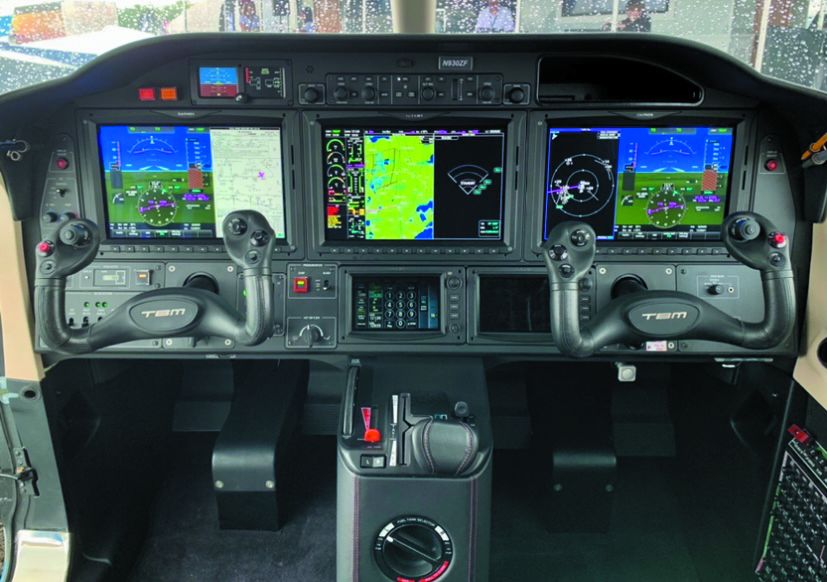
Background
At this point we’ll take a step back to look at how the aviation insurance market works. Insurance functions because of the law of very large numbers—overall losses can generally be predicted and the cost of paying those losses, while making a profit, can be calculated and insurance premiums can be set, taking into account income derived by investing the premiums.
The problem is that there are only on the order of 250,000 aircraft in the world. That’s a fraction of the number of cars in, say, Des Moines, Iowa. That puts a crimp into very large number calculations.
Because there are so few airplanes, having a bunch of insurance companies vying to sell insurance to their owners would mean cutthroat competition and premiums so low that none could afford to stay in the business. Not surprisingly, there are currently only a dozen or so aviation insurance companies—down from about 15 a few years ago when we had a “soft” market. That means each insurer is pretty careful when it analyzes who and what kinds of airplanes it will insure and under what conditions because only three or four big losses can blow their careful premium calculations out of the water.
On top of that, those who can afford to buy and fly turbine airplanes didn’t have to turn their pockets inside out to make sure they had bus fare this morning. When one of them decides to sneak “just a little” below minimums on the approach on a foggy day and erase four of his country club buddies and himself short of the runway in his Phenom, insurers are looking at spending megabucks to resolve all of the claims.
Amateur Hour
The reality? Owner pilots are amateur aviators. High-dollar amateur pilots in turbine airplanes scare the snot out of insurance underwriters. After all, amateur pilots crash at a much higher rate than professional pilots.
However, to keep their companies in business, underwriters have to insure high-dollar turbine owner pilots because one of them pays more in annual premiums than a score of Cessna 182 owners.
To protect themselves, underwriters do all they can to require that those turbine owner pilot amateurs take training to elevate their aviator proficiency to something near that of the pros.
Accordingly, as a prospective turbine owner pilot you’re going to have to demonstrate that you’ve got what it takes to elevate your chops to a professional level.
That means you’ll need to talk with your insurance broker to educate her or him about you and your background. Then, armed with that knowledge, your broker goes into the insurance market—those 12 insurance companies—and sells you as a great risk in order to get the best deal she can for you. The very good news in all of this is that your broker has a fiduciary responsibility to you, not any insurance company. Your broker is your agent, obligated to serve you.
Your Insurance Broker
That’s where honest, heart to heart talks with your broker are to your advantage. Your broker knows which insurance companies will insurer owner-flown turbines—not all do— and has a very good idea as to what each insurer is looking for. Your broker should be honest with you as well—if he primarily places insurance for piston-engine airplanes and your step-up in to turbines will take him outside of his area of expertise, he should tell you and get you connected with a broker who knows owner-flown turbines.
Having a broker who knows insuring the type of airplane you wish to buy can save you a huge amount of grief. She may be able to flatly tell you that your combination of age and experience means that you can’t get insurance for that type of airplane and steer you to types that won’t be a problem. We’ve seen situations where the broker’s knowledge meant the prospective buyer was guided to taking 25 hours of training in the desired type of airplane before applying for insurance. That made the difference between being able to buy insurance and being wired out of the market.
A knowledgeable broker should also be able to negotiate such things as required training and the need for a mentor pilot to ride with you after you complete formal training.

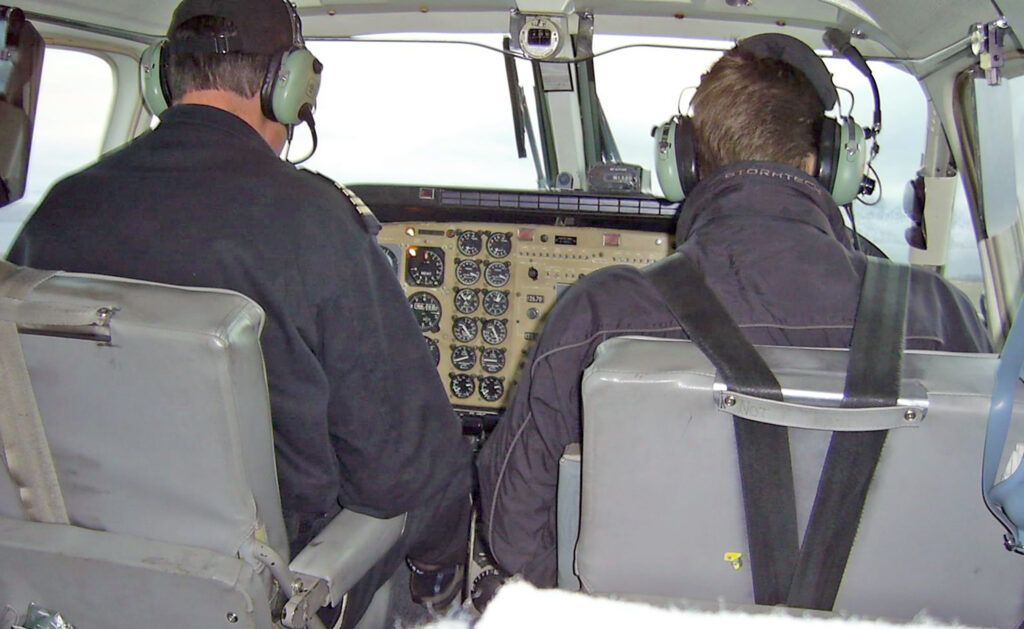
Sim-Based Training, Time Commitment
In speaking with Mike Pratt, one of the principals of the insurance brokerage Foundation Risk Partners, he told us that for jets (and turboprops), initial type rating training in the airplane is pretty much a thing of the past. You’ll almost certainly have to go to one of the simulator-based training programs such as FlightSafety, CAE or SimCom. That will also be true for your annual recurrent training.
We found that the training providers will work with you to provide a mentor pilot—who you will almost certainly be required to fly with for some period of time beyond the 25-hour SOE after you get the type rating (or after you pass the training course for a turboprop). Your insurance broker may be able to negotiate the length of time such ride-along/ continuing education is required. Whether it’s a jet, above, or turboprop, below, plan on your insurer requiring a mentor pilot to fly with you for some period of time after your upgrade training. If you are over 65 when you first upgrade, your insurer may make the mentor pilot compulsory anytime you fly as PIC. Plan on setting aside two to three weeks of uninterrupted time to go through a type rating, depending on the specific airplane—more if you intend to fly it single-pilot.
For turbine upgrade training where a type rating is not involved the time commitment is less—however, training to proficiency usually means that a pilot who has not flown professionally will need a few days more than what is considered the standard.
We cannot overemphasize the need to show up for turbine upgrade training current and proficient on instruments. The training is geared to teach you how to fly the airplane, not get you instrument current. We’ve seen pilots have to drop out of type-rating classes because they weren’t instrument current.
With the cost of simulator-based turbine initial training programs beginning at over $15,000 for turboprops and $30,000 for jets, arriving for class unprepared is not one of the smartest financial decisions a prospective turbine owner pilot can make.
While on the subject, we saw costs for simulator-based recurrent turbine training start at $6000 for turboprop singles and go up from there.
Conclusion
To wrap up—in our conversations with insurance professionals we developed some guidelines for pilots stepping up to turbine equipment in the current insurance market.
Loyalty to an insurer can pay off. If you and your broker have placed your insurance with one particular insurance company over the years, that company is more likely to be willing to insure you in a turbine than if you are seeking insurance with a company that doesn’t know you.
Get operating experience in the type of turbine airplane before you buy one and need insurance. We were told that even as little as 25 hours can make the difference between being able to get coverage or not.
If you are over 65, plan on having to jump through an increasing number of hoops for insurance coverage. If you have not flown turbine equipment, don’t be surprised at being refused coverage for you to fly the airplane single-pilot. However, if your insurer does require you to have a copilot, fly as much as you can in the first year—the insurer may agree to single-pilot ops when you renew.
Some insurers are requiring that older owner pilots pass at least a third-class medical exam every year, not every two years.
If you want to operate single-pilot, you may not be able to get coverage limits desired. Aviation attorney Mark Weigand told us that in his observation of the market, if an owner pilot wants more than $20 million limits, the insurer will require a copilot and both pilots will have to go through simulator-based training.
In the current hard insurance market we believe that any decision an owner pilot makes about a step-up to turbine equipment first requires a hard look at the terms, conditions and cost to insure that pilot in the particular airplane.
In-House Step-Up: Cirrus SR To Cirrus Vision Jet
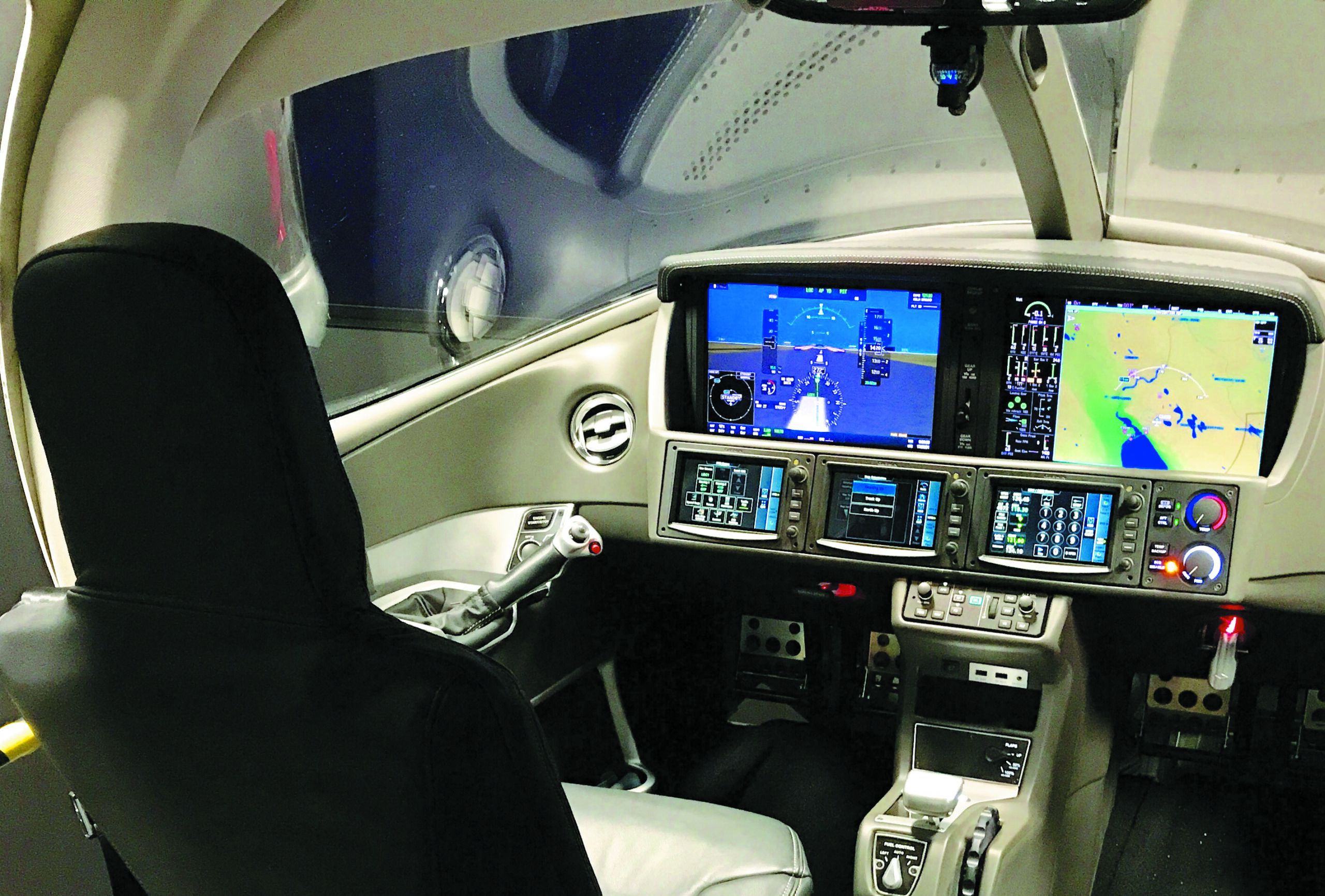
In the 1960s and 1970s Beech, Piper and Cessna worked to instill brand loyalty and encourage owners to progressively step up within the product line. More than a few pilots who learned to fly in a Musketeer, Cherokee 140 or Cessna 150 eventually became owners who wound up flying Barons, Aztecs or 400-series Cessnas and in some cases King Airs, Cheyennes or Conquests.
Of the three, only Cessna was able to bring a single-pilot jet to market and it never put together any sort of organized program to help owners of its piston-engine aircraft to smoothly graduate to its turboprops or jets. The radical downturn of general aviation in the 1980s would also have put paid to any plans it may have had to do so.
Enter Cirrus. Even before it formally announced its plans to build a jet, the company, and Cirrus SR-series owners, started making plans for piston Cirrus owner pilots to become jet Cirrus owner pilots.
According to Matt Bergwall, director of the Vision Jet product line, Cirrus was determined to make the transition as easy as possible. That began with human factors, including designing the Vision flight deck to be as similar to the SR series as possible. For example, the flap switch, half yoke and throttle are in the same places as on the SR. The Vision Jet has one new switch—for a thing called a retractable landing gear—otherwise a piston Cirrus pilot should feel right at home in the left seat of a Vision Jet.
Cirrus long ago learned the tremendous importance of providing high-quality training to its customers. According to Bergwall, that led directly to the decision to keep Vision Jet training in house. And Cirrus starts jet training for pilots with a jet order at least six months before the jet is delivered.
Step one is a skills assessment with a Cirrus instructor in the owner’s Cirrus SR. Bergwall called this “writing a prescription,” a process involving getting the pilot ready to go for a type rating. That generally means determining where the pilot is and what is going to be needed to get that pilot to a high level of instrument proficiency. As pilots have discovered for decades—it’s essential to have your instrument-flying A game in shape completely before showing up for the school where you learn the details of flying the jet. Well before it’s time for type rating school the pilot is going to be spending quality time with a Cirrus CFI to get skills, knowledge and technique honed to a level needed to pass a type rating checkride—in other words, to fly at the level and tolerances required on an ATP checkride.
Cirrus offers what Bergwall referred to as its “Jet readiness course,” a three- to four-day brushup to make sure that the new owner is truly ready for type rating training.
The type rating course is simulator- and computer-based—that’s a Vision Jet simulator in the photo below. The training is under the structured requirements of FAR Part 142 and uses computerized training for systems and avionics. Plus, to the eternal gratitude of those who have had 3:00 a.m. simulator times, Bergwall told us that all sim times are during the day. In addition, Cirrus caters in lunch so the owners going through training get to interact with other owners and Cirrus personnel, something that owners have reported on favorably.
Training is to proficiency rather than for a specific period of time. Bergwall says that 10 days is about right because there is none of the material that has to be covered in multi-engine airplanes.
Cirrus sets up training so that owners complete the type rating before taking delivery of their airplanes, dramatically cutting down on the pressure involved with having the two events take place at the same time. Having seen delivery issues distract new owners from what should be a total focus on training, we like this approach. Bergwall told us that Cirrus wants to set its owners up for success and we think the process is aimed in the right direction.
Following the type rating, the owner gets 25 hours of supervised operating experience with a Vision Jet instructor through much of the continental U.S. with emphasis on busy airspace, high and hot operations and the area around the owner’s home plate.
Cirrus has also been working closely with aviation insurers to show the details of its training. Bergwall advised us that there are dedicated insurance brokers who know the Cirrus training system and have demonstrated an ability to work with insurance companies and owners to arrange affordable coverage and suitable mentoring for the owner to maximize safety.
The annual recurrent training program offered by Cirrus for an owner pilot to comply with the Part 61.58 annual proficiency check generally takes three days and uses the same simulators and computer training that is part of the type rating program.
We like the Cirrus approach to what can be a daunting task—stepping directly from pistons to jets.
Rick Durden is an aviation attorney, CFII, holds an ATP with type ratings in the Douglas DC-3 and Cessna Citation, and is the author of The Thinking Pilot’s Flight Manual or, How to Survive Flying Little Airplanes and Have a Ball Doing It, Vols. 1 and 2.
This article originally appeared in the July 2021 issue of Aviation Consumer magazine.
For more great content like this, subscribe to Aviation Consumer!


































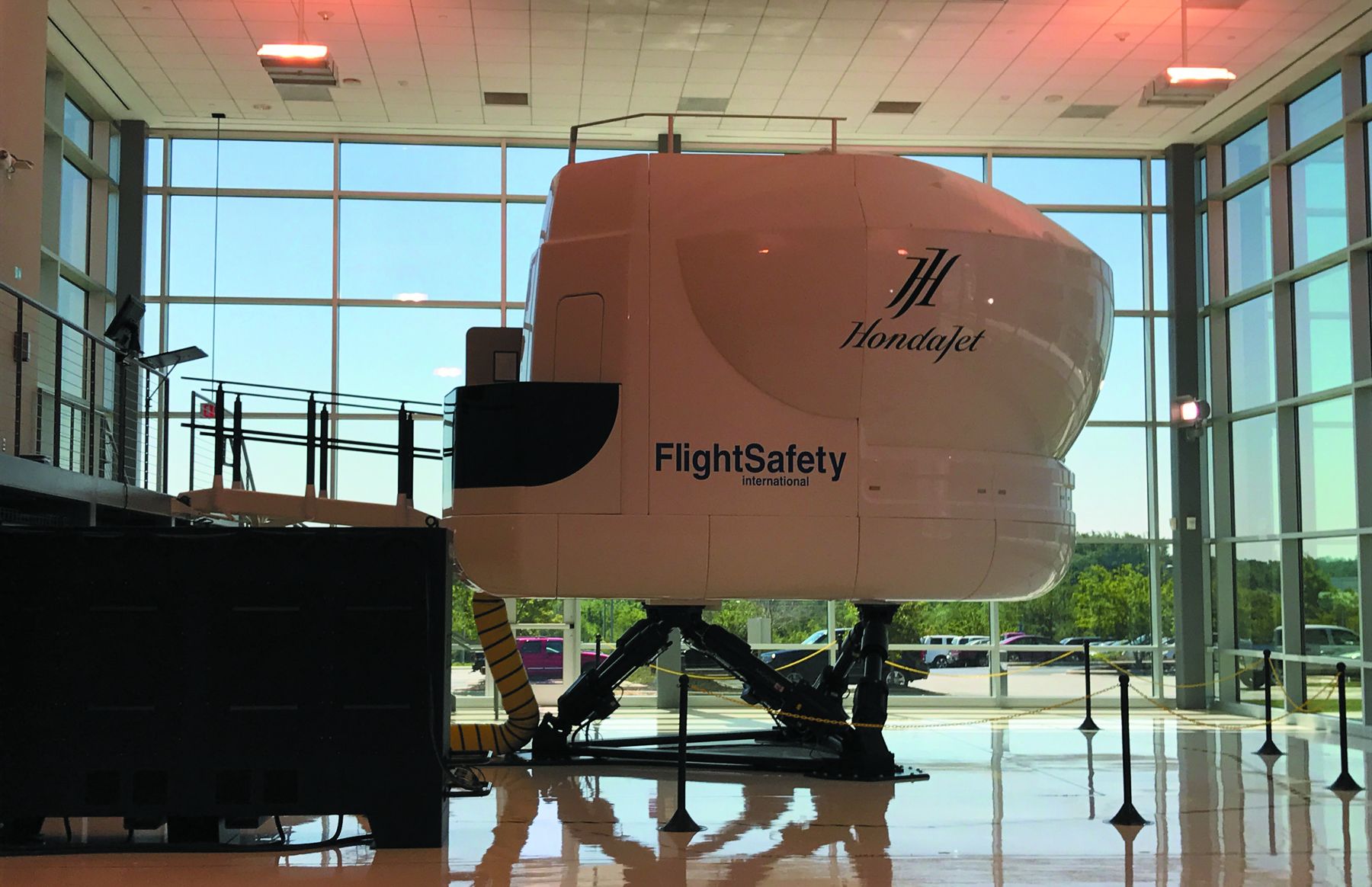

Great article. Thank you. I just rounded the horn of 50. If the gods of the business world keep smiling on me, maybe, 10 years from now, this might be within the realm of possibility. It would be fun to burn Jet A for a few years. A Single Engine Turboprop is the most likely scenario, but I have no doe-eyed expectations of what I’m in for when it comes to the care and feeding of that level of aviating.
You mention something in the article that I’ve suspected, but not yet actually heard
“The news stories about some of those buyers either getting fleeced by unscrupulous sellers or being stunned by the true cost of ownership (and unloading their new purchase) were not long in coming.”
Those would be some good articles to read. Think of them as PSAs.
Good article, Rick. It brings up two good points that everyone in aviation should thoroughly understand. The first is get to know the type of aircraft you are interested in buying and find a knowledgeable independent party to inspect your prize before you write the checks. That goes for all airplanes, but doubly so for turbines and jets. I have a friend who is in the process of discovering just how expensive a bargain airplane can be. Know before you buy.
The second subject is a good explanation of how the aviation insurance business works. We all became spoiled with how relatively cheap and available plane insurance was in the soft market over the past decade. In many ways, insurance has become a bigger issue for pilots than complying with FAA regs on upgrade training and proficiency. And, that has manifested itself in both higher premiums and more restrictive conditions for coverage. The market is cyclical, and rates will eventually come back down to less painful levels. But, the requirements for better training and proficiency are likely to hang around for a much longer time. Smart underwriters may not be able to control competitive pressure on premiums but they can certainly be more choosy as to who they are willing to insure.
I did some research into single-pilot jet options in 2020.
What a lot of business owner/pilots are doing is first time-building in a maxed-out Cirrus piston, then stepping up to a TBM (up to $4.3 million), since turboprops don’t require an LOA. Some of the TBMs now require RVSM training since they can fly above FL280′. TBM has both steam gauge and glass cockpit models, and there’s sims/support in the US. It would be interesting to see if insurance is easier to get for a turboprop than a jet – at least TBM has sims available to help with that.
After the TBM, they start looking at a Citation, HondaJet Elite, etc. that all require an LOA. (The Cessna Mustang was discontinued in 2017.)
The most popular TBM Youtube channel is steveo1kinevo. He went through a lot of grief with the FAA Miami FSDO over his videos regarding AdSense revenue and script verbiage, so do head over and subscribe. 🙂
Your assessment of the insurance market is spot-on except for one thing: I don’t think the comment about “reinsurers didn’t know aviation, weren’t willing to listen and were setting unreasonable rates and conditions” is entirely accurate. I can’t speak for all markets, but generally the reinsurers aren’t setting the conditions or rates. Yes, they may increase the rates they charge the insurance companies – which in turn forces the insurer to raise their rates – but they don’t directly determine rates or conditions. Also, many aviation reinsurers do know aviation and most are quite reasonable. Other than that, your article is spot-on.